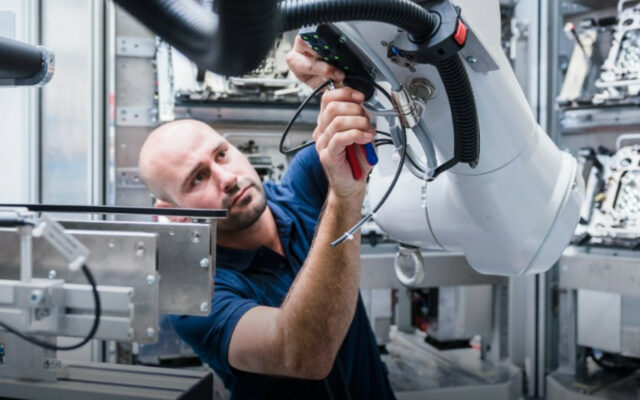Over the past few years, companies have been focusing on leveraging their data to drive business insights. Internet of things (IoT) and sensors generate valuable information that can be used to reduce downtime and the costs associated with it. This can prove to be vital considering that 82% of companies have experienced at least one unplanned downtime incident over the past three years. Unplanned downtime costs as much as $50 billion a year to industrial manufacturers.
Companies aiming to reduce downtime have been implementing different maintenance strategies, which have been evolving through time. These can mostly be either reactive, preventive, or predictive.
Reactive maintenance occurs when a failure has already happened, unexpectedly, and it needs to be resolved. This usually means increased downtime and lost productivity.
Preventive maintenance refers to maintenance activities that are planned and executed at a regular interval. An example of this is a monthly maintenance of a machinery. This practice can potentially incur unnecessary costs, as perhaps there was no current or emerging issue that needed to be taken care of. It is done regardless because that’s the frequency that was estimated to be optimal.
Then the third type is called predictive maintenance. This refers to the maintenance in which companies leverage their past performance data and all the information that is generated by IoT or sensors. In predictive maintenance, machine learning – fueled by data-driven insights and real-time operating conditions monitoring and diagnosis – is used to optimize when and how to execute maintenance. Leveraging this type of predictive analysis can help avoid costly unnecessary repairs, while optimizing the utilization of the equipment and drastically reducing downtime.
Organizations identifying its value have started to shift from preventive to predictive maintenance. Predictive maintenance, based on IoT and sensor data, has the potential to transform business operations. Companies that understand and implement this technology will have a clear competitive advantage.
Dell Technologies realized significant cost savings from the use of a predictive maintenance application run in the Dell IT data lake, an agile storage platform that can be easily configured for any given data model, structure, application or query. This application leveraged data from sensors on connected devices, lab test results, and vendor technical specifications to determine the likelihood of a system drive failure based on factors ranging from usage to data center environmental conditions. Dell used this information to proactively replace drives that were predicted to fail in the near future. The company avoided more than $100 million in costs associated with repeatedly bringing technicians into its data centers for one-off fixes on failed drives.
To remain competitive and achieve higher margins, exploring how to implement predictive maintenance is likely the right call for most businesses. Learn how you can leverage your data to derive valuable business insights by visiting our Analytics Solutions page.


